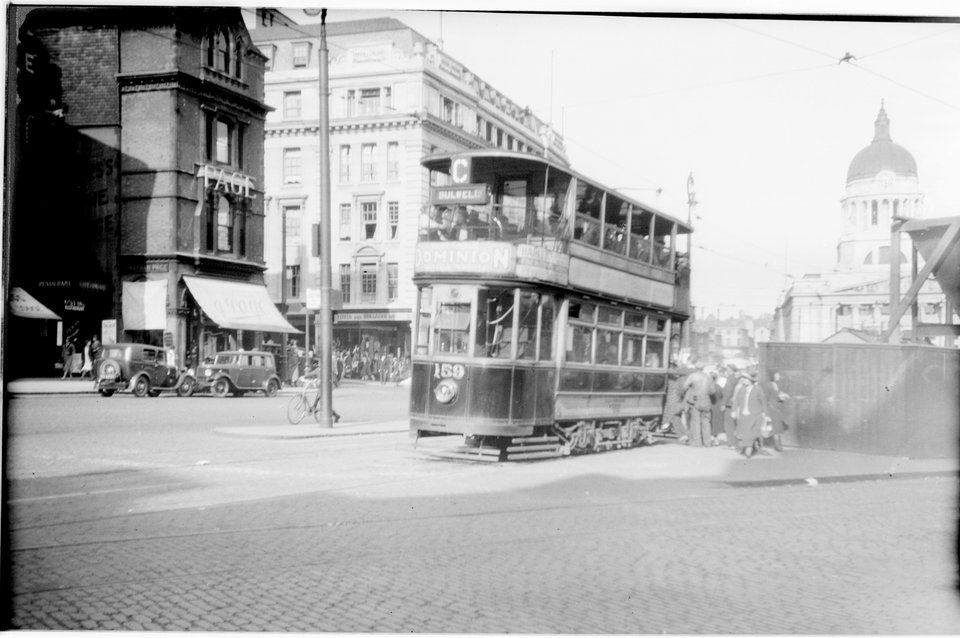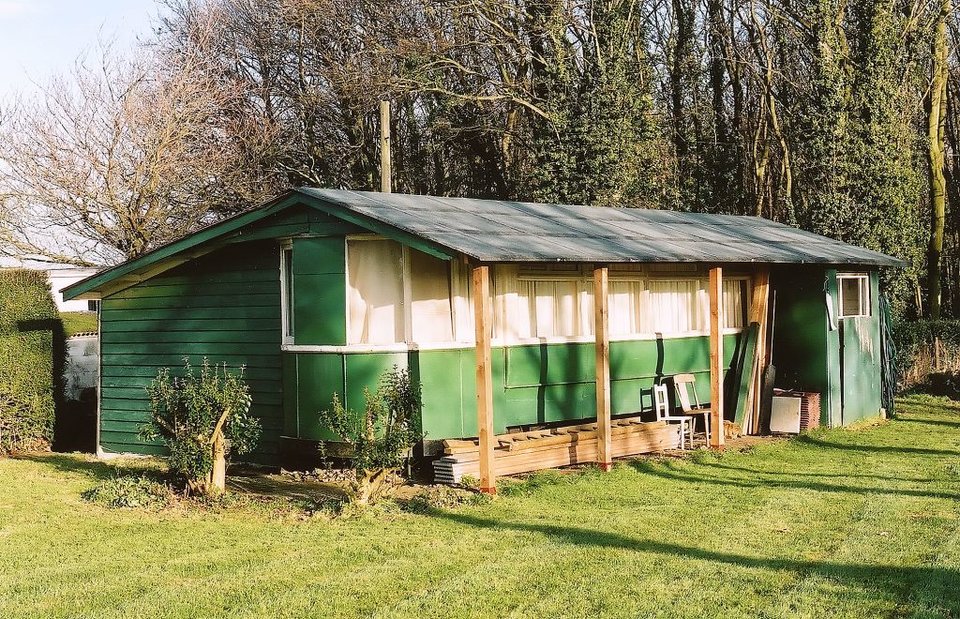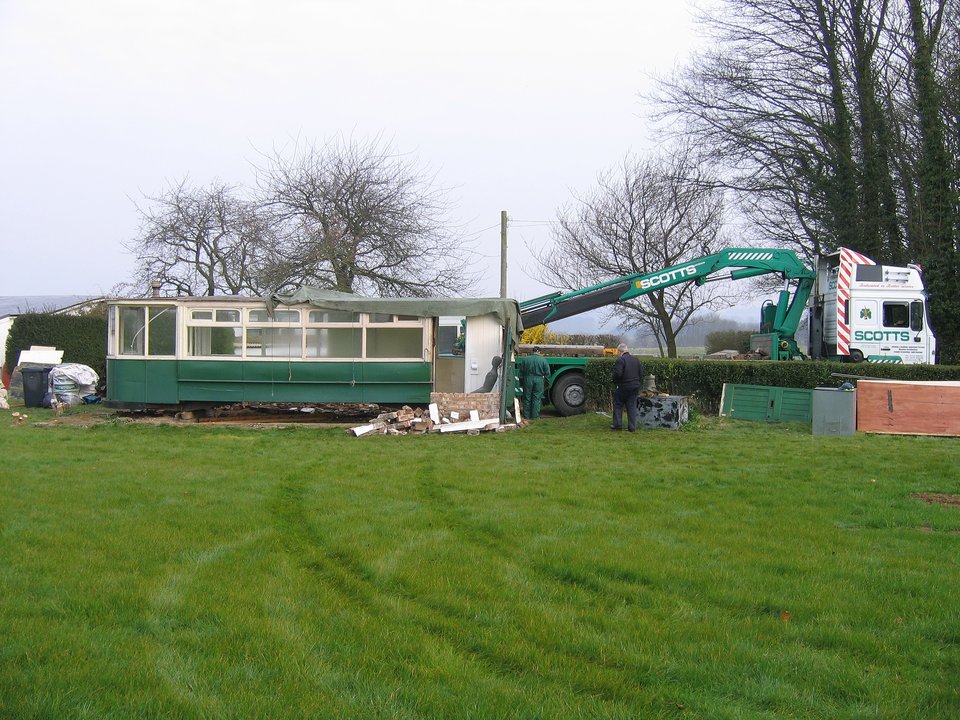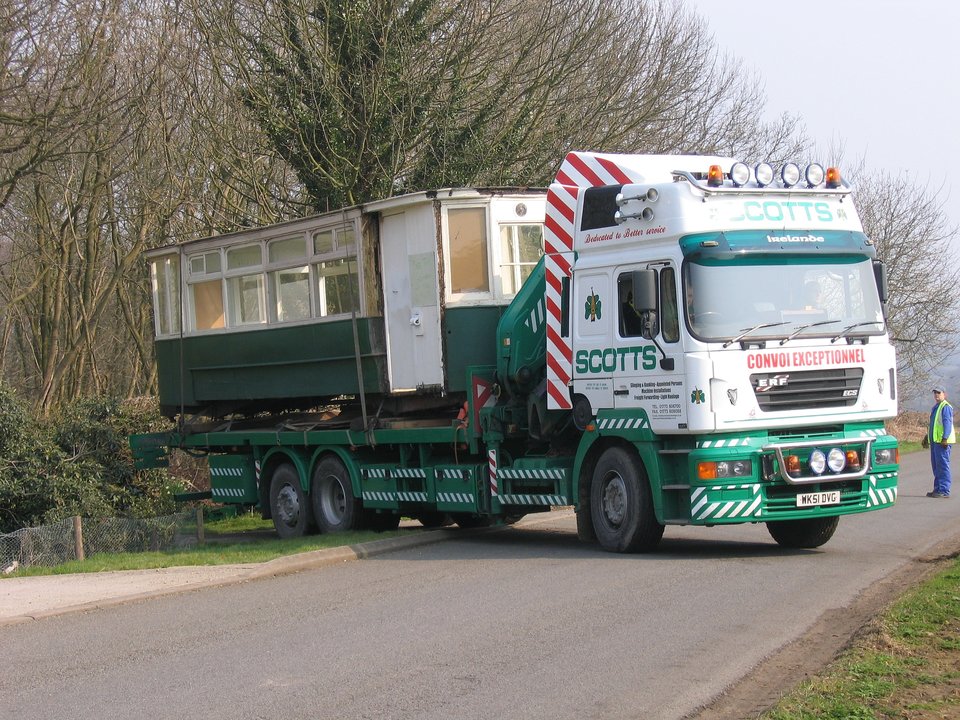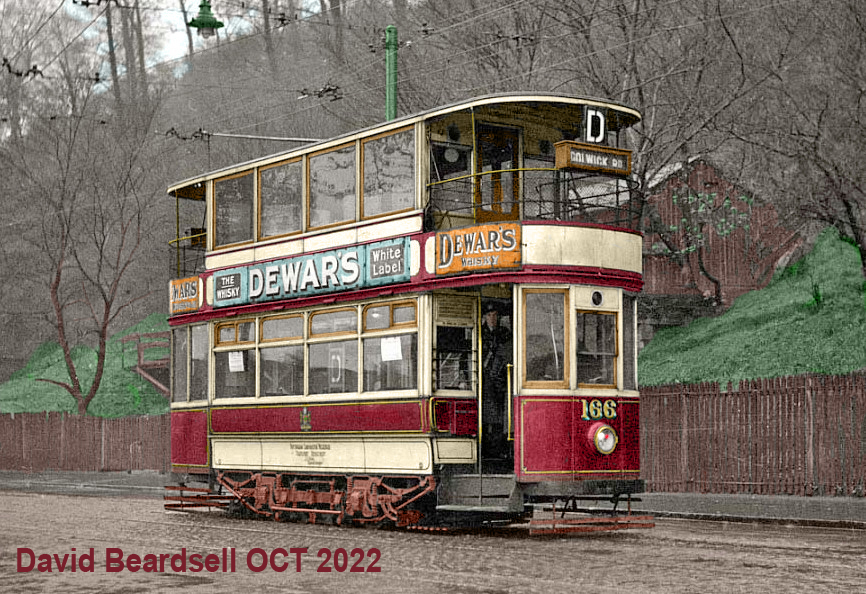Nottingham Corporation Tramways 166
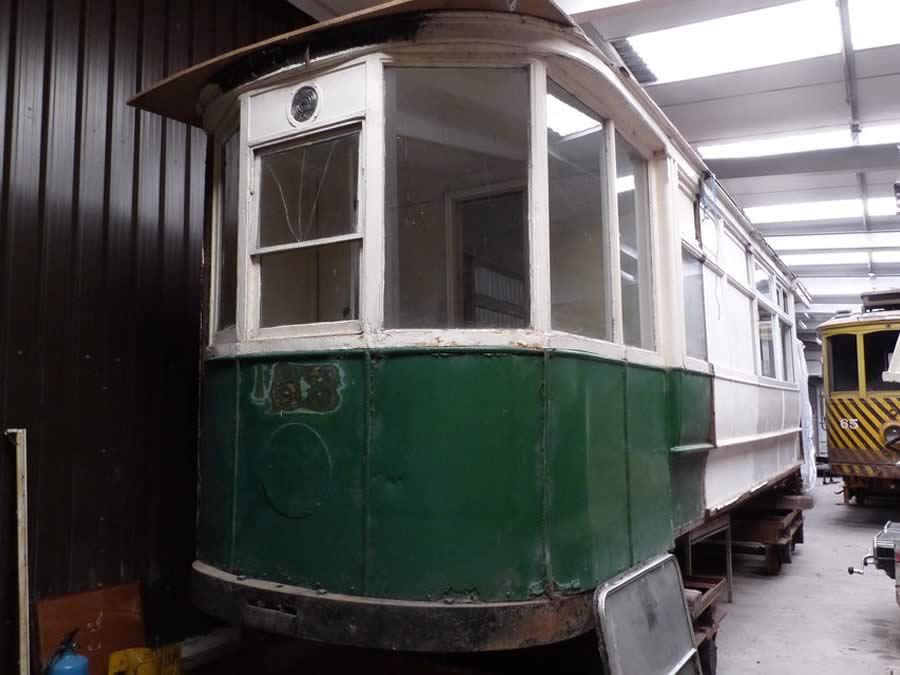
Photo: Jim Dignan
By the early 1920s, Britain’s tramway operators were facing much greater challenges than they had in the years preceding the First World War. One problem was that the overall condition of tramcars, track and overhead equipment had deteriorated markedly during a period when all available resources had been diverted to the war effort.
Economic disruption continued even after the war was over, which hampered the task of reconstruction and investment. The period of austerity that ensued also contributed to an increase in industrial unrest as soldiers who returned to peacetime occupations found that their expectations of a better life were not being met.
In addition, the ending of hostilities resulted in a sudden decommissioning of hundreds of buses that had been used as troop carriers. Many of these were snapped up and returned to civilian passenger service by private operators in competition with existing tramways.
And, finally, as the era of mass motor vehicle production got under way – in factories such as the Ford plant at Trafford Park – it contributed to a dramatic increase in the number of private cars that began competing with trams in earnest for available road space.
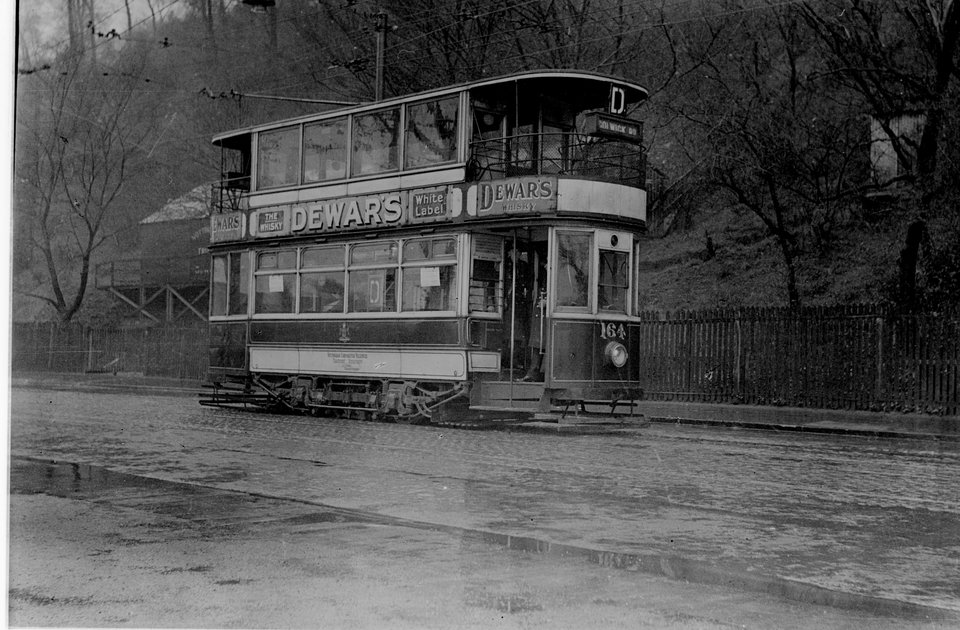
Sister car 164 at Colwick. M J O’Connor, date unknown.
Specification
- Type of tram
- Electric 4-wheel top-covered double deck passenger tram, with enclosed drivers’ vestibules but open balconies on the upper deck.
- Livery
- Originally Maroon and cream
- Seating capacity
- 64 (40 on top deck; 24 downstairs)
- Date built
- 1920
- Manufacturer of body
- English Electric
- Manufacturer of truck
- Preston 4-wheel flexible axle
- Gauge
- 4’ 8½”
- Motor
- Originally DK30B (2 x 40hp)
- Controller
- Originally DK DB1 K3
- Current collector
- Originally Trolley pole
- Withdrawn from service
End of 1934
- Subsequent history
Dismantled and lower body sold (minus fittings and truck) to be converted to a bungalow at a farm where it remained until 2007. Repainted in a non-standard green and white at some point
- Restoration history
Donated the Tramway Museum in 2004 and moved to off-site storage facility in 2007, where it remains.
- Current status
- Stored in incomplete and unrestored state
- Date started operating at Crich
- N/A
- Total mileage covered at Crich
- N/A
- Current location
- Off-site storage facility
- Future plans
Possible restoration project when time and funds permit.
- 1920 – 1934Fully operational on original tramway
- 1934 – 2007Lower body sold and converted to holiday accommodation
- 2007 –Off-site storage

